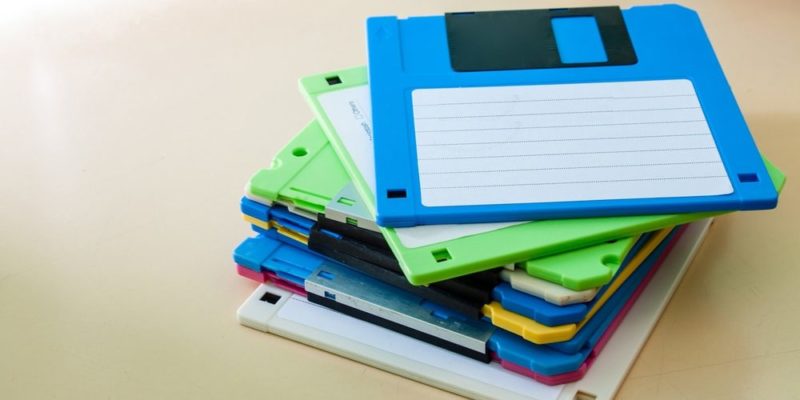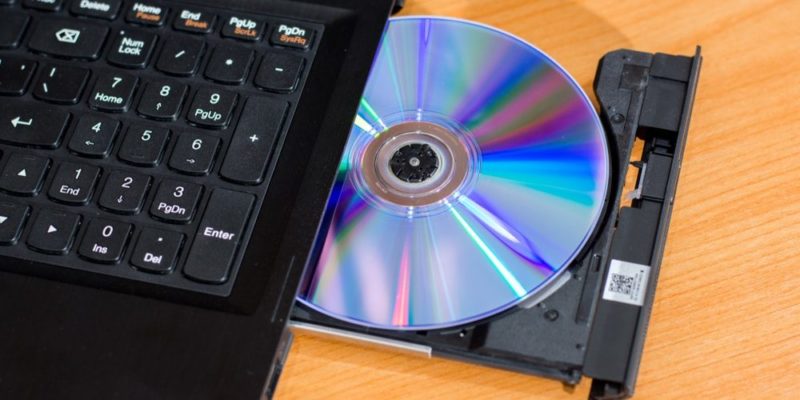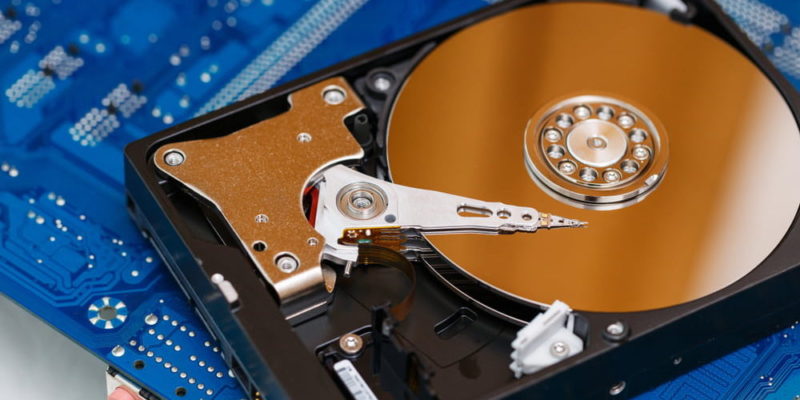We explain what storage devices are in computing, the types of devices and the types of storage.

What are data storage devices?
In computing, data or information storage devices are the different electronic components that a computer has or some other similar computer system, and that allow you to save or retrieve information temporarily or permanently, on some type of physical support.
They are devices that allow the entry and exit of information, in which the system deposits certain data for later recovery. They can be of various types, as we will see later, depending on the type of mechanisms they use to store the information.
On the other hand, they can be classified according to their behavior within the system:
- Primary devices They are those that store information in the computer's memory, so they are usually used continuously, receiving a constant flow of electricity.
- Secondary devices They are, on the contrary, for occasional use, and they sequentially store the information on external devices when the user so decides, so that they can carry them with them and retrieve them wherever and whenever they want.
On the other hand, depending on the information recovery mode, we can distinguish between:
- Sequential access devices Those in which record after record must be read to access the information, from the beginning to the desired point. They tend, therefore, to be slower.
- Random access devices The information is searched directly in the physical place where it is stored, without having to start reading from the beginning of the medium.
Storage devices are vital for the operation of any computer system. They contain the essential information for the user interface and for the administration of other peripherals, such as the Operating System.
On the other hand, they allow you to extract and enter information into the system, or move information from one computer to another without the need for them to be connected to a network.
Magnetic storage

Magnetic devices are those that use different materials with ferromagnetic properties to contain the information according to binary coding (the binary system), using the orientation of the charged particles as a writing system.
To do this, they use a head that can be recorded and rerecorded, superimposing the information over and over again in place. Most of them are obsolete systems, some equipped with enormous storage capacity, including magnetic tapes, floppy disks or cassettes, and hard disk drives (the computer's hard drive).
Optical storage

Optical drives work through a laser reading and writing system. This type of storage operates on circular optical discs, on which the laser creates microscopic grooves (on only one of its sides), thus encoding the information so that it can be recorded and recovered.
Generally, they allow a single recording and then only data recovery, but they are usually practical and reliable, although most of them are also obsolete.
Examples of this system are compact discs (CD), their video variants (DVD) and other newer models such as Blue-ray or rewritable discs (CDR and DVDR).
Electronic storage

Electronic or solid-state storage involves the use of generally removable storage devices, which store information inside chips and technologies dependent on the flow of electrical current.
Its writing mechanism consists of a set of microvoltage variations when connected to a specialized port (USB Port). Examples of this system are pendrives, MicroSD cards or NAND Flash technology.
Internal and external storage

Depending on what place they occupy within the physical architecture of the system, devices are generally distinguished between:
- Internal storage. It is located inside the computer and involves saving data within the system.
- External storage. It is removable by the user, since it uses units or devices outside the system, generally removable, and which can range from a pendrive to an external hard drive.
Continue with: Peripheral devices
References
- “Data storage device” on Wikipedia.
- “Information storage devices” in Computer Technology.
- “Storage devices” (video) at the Polytechnic University of Valencia (Spain).
- “Storage devices” (video) in Roll Call.
- “What is a storage device?” in Techopedia.





